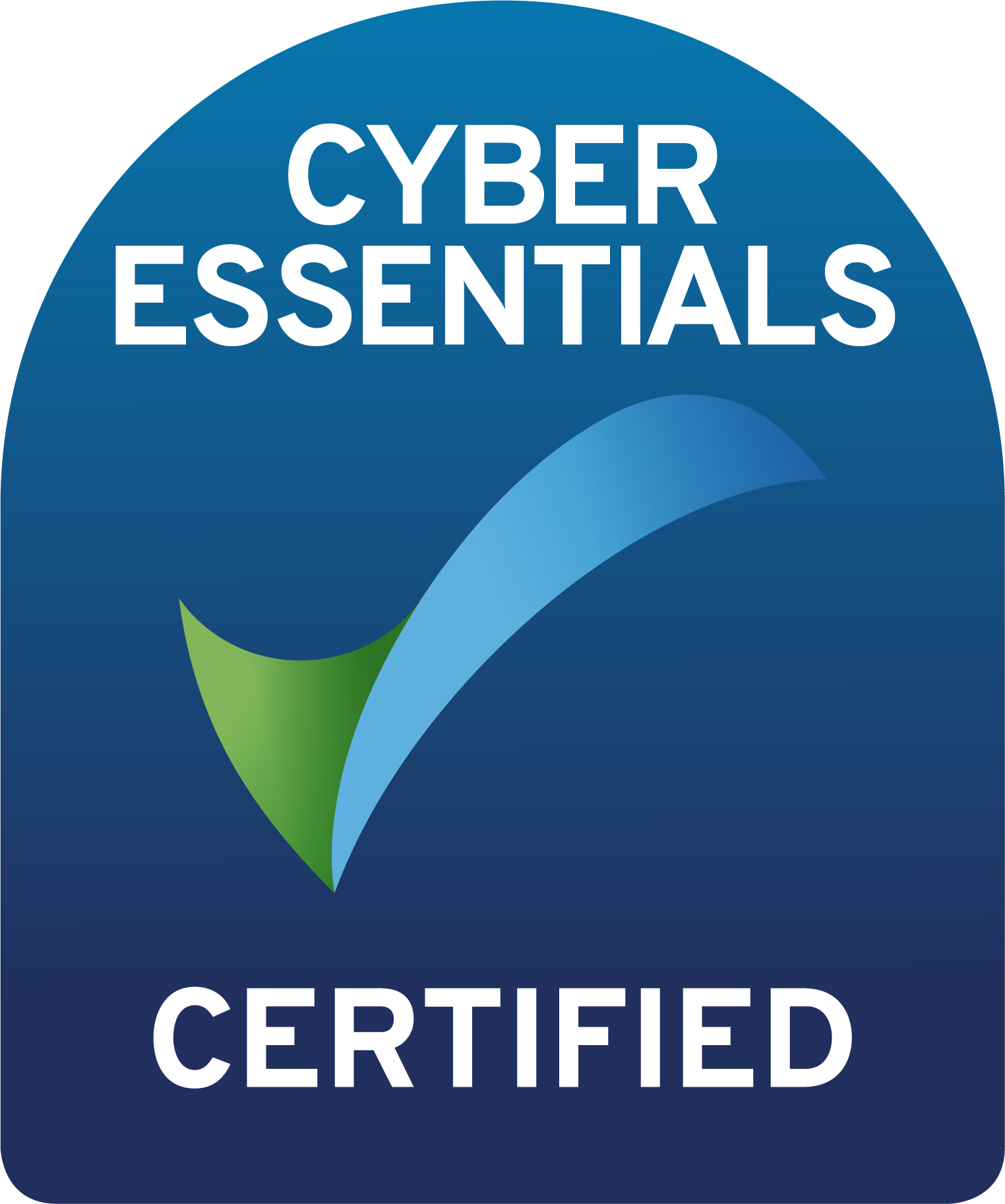Parents, if your child is already browsing the internet, engaging on social media platforms, or playing online games, it’s crucial to be aware of sextortion, a serious threat in the digital world.
The rise of sextortion—a form of manipulation when someone threatens to share private information or photos unless they are given money or more photos.
BBC News shared the heart breaking story of a 17-year-old who took his own life within just six hours of contacting a scammer on Instagram.
In this article, we will explore the signs of sextortion, discuss how online predators operate, and provide practical tips for families to protect their children.
What happened to Jordan
Two Nigerian brothers involved in a sextortion scheme targeting a 17-year-old have received a combined prison sentence of 17 years and six months in the United States

- How did they do it: The brothers lured Jordan by pretending to be a teenage girl on Instagram, convinced him to send explicit images, and then blackmailed him for money, threatening to release the images if he did not agree.
- What happened then : Jordan killed himself less than six hours after the interaction began.

The rise of sextortion
- The Internet Watch Foundation (IWF) saw an eightfold increase in confirmed sextortion cases containing child sexual abuse material, from 21 cases in 2022 to 176 cases in 2023.
- In Nottinghamshire specifically, sextortion reports increased six-fold over the past few years, from 80 cases to over 500 cases annually.
Demographics of Victims

- 91% of sextortion victims reported to the IWF in 2023 were male.
- 60% of reports involved 16 and 17-year-olds.
- There was a surge in female victims reported to the IWF, from 1 case in 2023 to 27 cases in 2024.
Severity of Content
- Nearly 7% of sextortion cases seen by the IWF in 2023 contained Category A child sexual abuse content (the most severe category).
Reporting Trends
- 93% of sextortion reports received by the IWF came through the Report Remove service run jointly with Childline.
Global Context
- The US National Center for Missing & Exploited Children saw sextortion cases more than double from 10,731 in 2022 to 26,718 in 2023.
Platforms parents should be aware about
Here are some of the most common platforms predators are using to scam children:
Social Media Platforms
Instagram: This appears to be the most frequently mentioned platform for initial contact and threats. It was named in:
- 45.1% of reports indicating where first contact was made
- 81.3% of threats to disseminate intimate imagery
- 60% of cases where material was actually disseminated
Snapchat: The second most common platform for initial contact. It was mentioned in:
- 31.6% of reports indicating where first contact was made
- 35.8% of reports as a secondary platform for sending/receiving intimate images
Facebook: Often used for threats and actual dissemination of content
YouTube: Frequently named in threats to distribute content
Messaging Apps
- WhatsApp: Used by offenders to communicate with victims
- Telegram: Another encrypted messaging app utilized in these schemes
Gaming platforms to be aware of :
Sextortion can occur on various online platforms, including gaming sites where minors and young adults interact. Some common gaming platforms where sextortion has been reported include:
- Roblox: Known for its popularity among children, Roblox has been highlighted as a platform where sexual exploitation and sextortion can occur. Predators often use these platforms to groom and exploit young users1.
- General Online Gaming Platforms: Other online gaming platforms are also at risk, as they provide environments where predators can easily connect with potential victims. These platforms often involve unmonitored interactions between players, making them vulnerable to exploitation
Dangerous Online Terminology All Parents Should Know
| 8 – Oral Sex 99 – Parent Gone 142 or 459 – I love you 182 – I hate you 1174 – Nude Club ASL – Age/Sex/location CD9 – Code 9 – it means parents are around PAW – Parents are Watching PAL – Parents are Listening PIR – Parents in Room POS – Parent Over Shoulder PRON – Porn RUMORF – Are you male or female? RUH – Are you horny? SWAK – Sealed with a kiss TDTM – Talk dirty to me WTTP – Want to trade pictures? |
Recognising the signs of sextortion: A parents guide

Unusual Behavior: Watch for changes in your child’s behavior, such as increased secrecy, withdrawal from family activities, or sudden mood swings that might suggest they are under stress.
Overprotectiveness of Devices: Notice if your child becomes overly protective of their digital devices, refuses to share passwords, or changes screens when others are nearby.
Changes in Online Activity: Be alert to changes in how often your child uses their devices or social media, especially if they seem anxious when receiving messages or notifications.
Asking for money: Look for unexplained transactions or requests for money, which could indicate that your child is trying to resolve a problem on their own.
Signs of Emotional Distress: Keep an eye out for signs of anxiety, depression, or mentions of self-harm, as these can be indicators of emotional blackmail.
Increased Demand for Privacy: While it’s normal for teenagers to seek more privacy, a sudden and intense demand for solitude, especially while online, could be a warning sign.
What Every Parent Needs to Know About Online Predators
Online predators often pose as peers to gain trust and gather personal information. They might use social engineering to manipulate and deceive their targets.
Predators frequent platforms popular with youths such as social media, chat rooms, gaming environments, and apps that allow private messaging.
You can learn more about online predators here
What can parents do to protect children from falling victim of sextortion:
Educate Your Family: Teach all family members about sextortion, including what it is and how it happens. Ensure everyone understands the risks of sharing personal information and images online.
Promote Open Communication: Encourage open dialogue about online activities. Make sure your children feel comfortable coming to you if they encounter anything suspicious or unsettling.
Use Technology Wisely: Implement parental controls and privacy settings on all digital devices. Regularly update security settings to protect against unauthorized access.
Monitor Online Interactions: Keep an eye on who your children are interacting with online. Be aware of their social media friends and gaming buddies.
Create a Safe Environment: Foster a home environment where children can share their concerns without fear of judgment or punishment.
Report and Block: Teach family members how to block and report users who make inappropriate or threatening requests. Know the local authorities or organizations to contact if sextortion occurs.
Where to get help:
victims of sextortion can seek help from various organizations and resources. Here are some key places to get support:
For Adults (18+)
- Revenge Porn Helpline: Offers free, confidential help and support for adult victims of intimate image abuse living in the UK. Visit www.revengepornhelpline.org.uk for more information.
- Stop NCII (Non-Consensual Intimate Image Abuse): A free tool designed to help detect and remove intimate images from being shared online. Visit www.stopncii.org for assistance.
- Samaritans: Provides a free, confidential listening service for any issue. Call 116 123 or visit www.samaritans.org.
- Get Safe Online: Offers unbiased and easy-to-understand information about online safety. Visit www.getsafeonline.org for guidance.
For Children and Young People (Under 18)
- Childline: Offers free, confidential support for young people. Call 0800 1111 or visit www.childline.org.uk235.
- CEOP Safety Centre: Provides support for children and young people facing online abuse. Visit www.ceop.police.uk/Safety-Centre for more information.
- Report Remove: A tool from Childline and the Internet Watch Foundation to confidentially report and remove sexual images and videos from the internet.
Reporting and Legal Support
- Police: Report incidents to the police by calling 101 or 999 in emergencies. You can also report anonymously through Crimestoppers on 0800 555 11114.
- Action Fraud: Report scams and fraudulent activity by contacting 0300 123 20402.
Additional Support For Children
- Victim Support: Offers support for victims of crime. Visit www.victimsupport.org.uk for more information.
- Marie Collins Foundation: Provides free support for victims and survivors of sexual abuse.
- Papyrus: Offers advice and support for young people experiencing suicidal thoughts. Call 0800 068 4141









